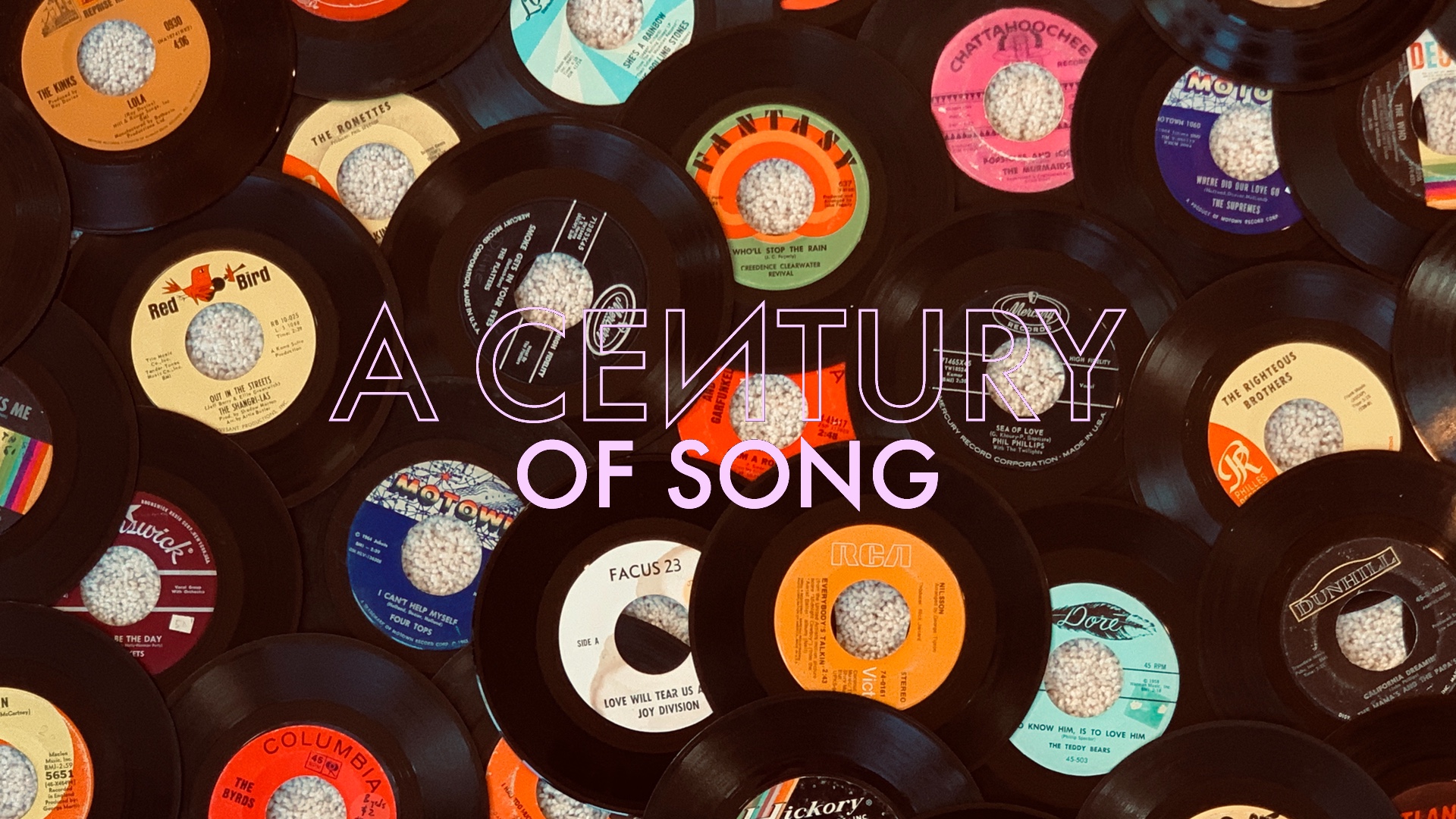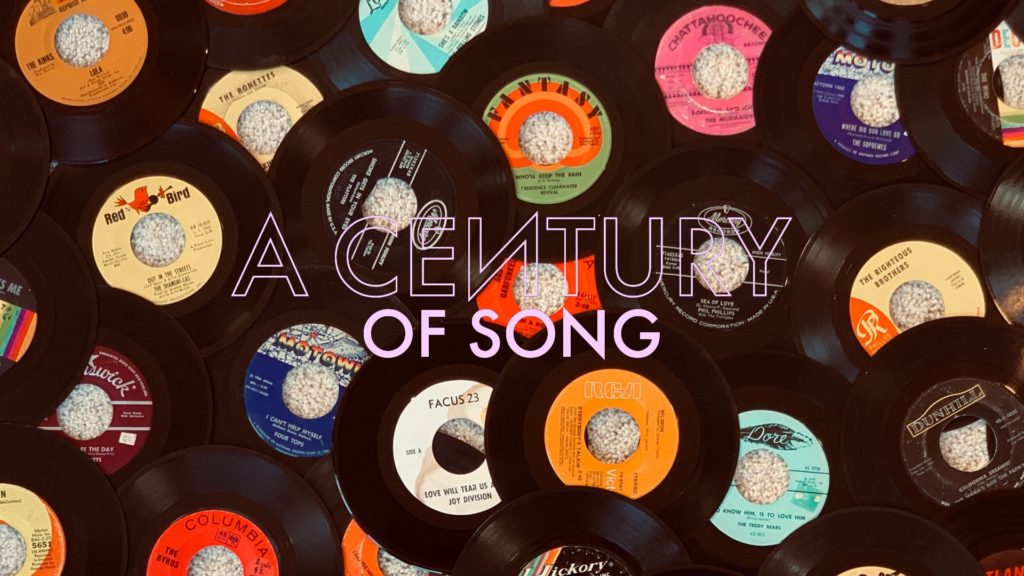
A Century of Song is an attempt to summarize 100 years of popular music through 1000 carefully chosen tracks. Included within this list are landmark singles, stellar album cuts, huge hits, hidden gems, and more than a few personal favorites. Read the introduction for the project here, and enjoy the embedded videos and Spotify playlist.

920
With their second album, 2012’s Lonerism, Tame Impala moved to the forefront of a resurgence in psychedelic rock music. The Perth, Australia group – essentially a vehicle for songwriter/producer/multi-instrumentalist Kevin Parker – had released an excellent debut in 2010’s Innerspeaker, but Lonerism was both a critical and commercial breakthrough.
“Elephant” is a stomping highlight of Lonerism: part Revolver-era Beatles, part T. Rex glam. Buoyed by its propulsive rhythm and inventive production, “Elephant” was the most direct pop moment on Lonerism, making it a logical choice as the album’s first single. Its extensive instrumental mid-section provided an intriguing glimpse into the psychedelic grandeur of its parent album – one of the best of the 2010s.
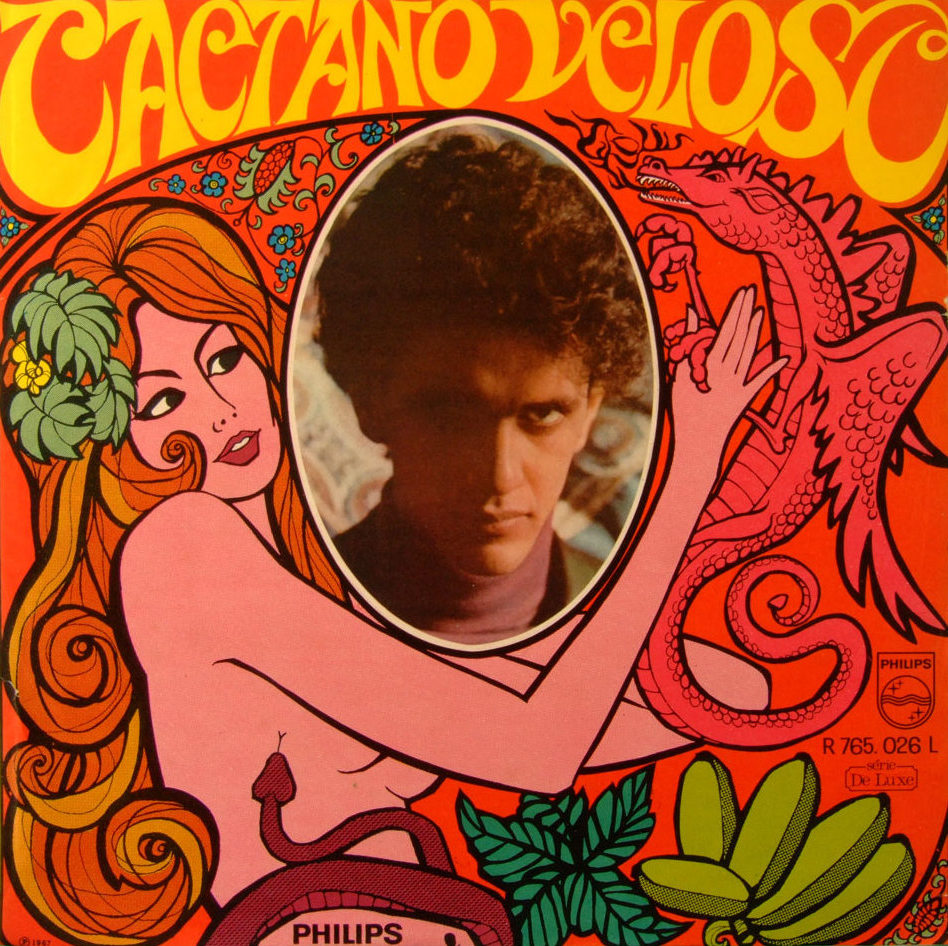
919
The song that gave name to a movement, “Tropicália” was the lead-off track to Caetano Veloso’s self-titled 1968 album. Veloso – along with Gilberto Gil, Gal Costa, Tom Zé, and the members of Os Mutantes – were the central figures in the musical component of the Tropicalismo movement, which countered the military dictatorship of Brazil with experimental creative expression.
The Tropicalistas emphasized the concept of antropofagia, or “cultural cannibalism.” For musicians, this meant breaking down the traditions of Brazilian music, and combining them with influences from American and British psychedelic rock and funk. These disparate input factors can be heard in Veloso’s “Tropicália,” a track that is lush, rhythmic, and inventive in both composition and production.
The cultural challenge issued by Veloso and his compatriots was viewed as a political threat by the Brazilian government. In 1969, both he and Gilberto Gil would be arrested and exiled from their home country. Though they would both return to Brazil in 1972, the vibrancy of the Tropicália movement had long since faded away, never to reach its brilliant 1968 peak again.
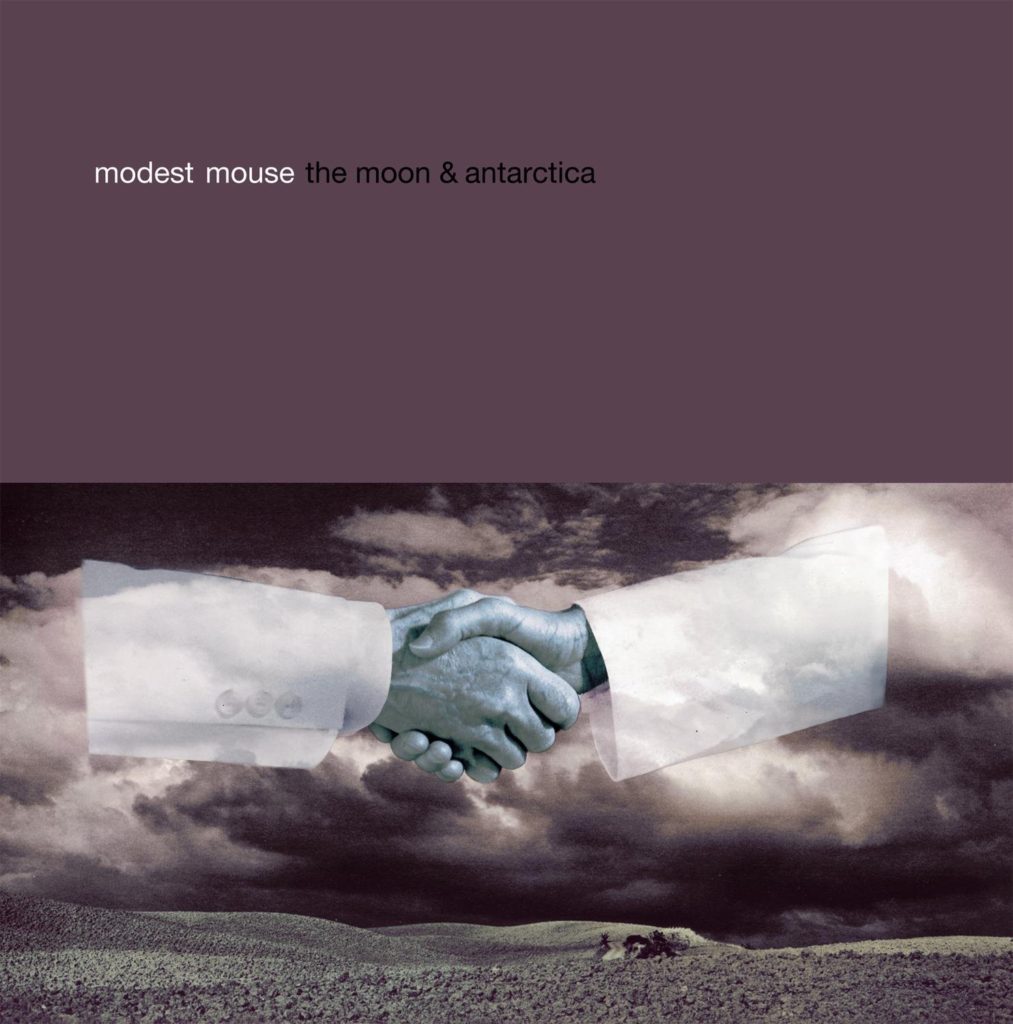
918
The history of modern rock music is littered with bands that struggled to make the transition from beloved indie act to major label success. For every success story, there are countless cautionary tales of groups that collapsed under the pressure of commercial expectations and/or artistic shifts. While Modest Mouse seemed an unlikely candidate for a graceful transition, 2000’s The Moon & Antarctica saw the band putting the resources of a major label to brilliant use with an album that expanded upon their already-epic ambition.
One of several highlights from The Moon & Antarctica, “Gravity Rides Everything” found the band dialing back the ferocity of their previous record – 1997’s masterful The Lonesome Crowded West – but discovering a newfound musical depth that matched the inquisitive nuance of Isaac Brock’s lyrics. Lushly adorned with layers of acoustic and electric guitars, the song evokes the expansive desolation referenced in the album’s title.
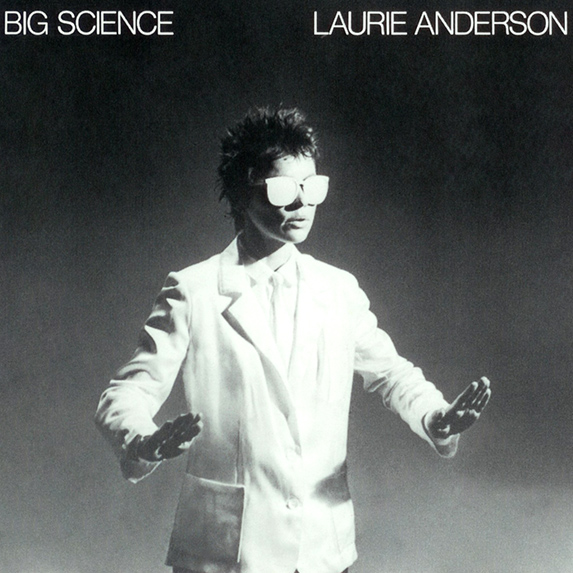
917
Easily one of the most experimental songs to ever achieve hit status, Laurie Anderson’s signature track remains an engrossing listen, nearly four decades after its arrival. By 1981, Anderson had become known in artistic circles, and “O Superman” unquestionably reveals her background in the avant garde, despite its unlikely commercial success.
Based upon a skeletal vocal loop, “O Superman” drew significant influence from the 1885 opera, Le Cid – hence the parenthetical reference to its composer, Jules Massenet. Over the course of its eight-plus minutes, “O Superman” retains its defiant minimalism, as Anderson’s vocoder-treated interjections are accompanied by transient washes of synthesizer, sound effects, and little else. It all makes for a fascinating track – one that is surprisingly affecting.
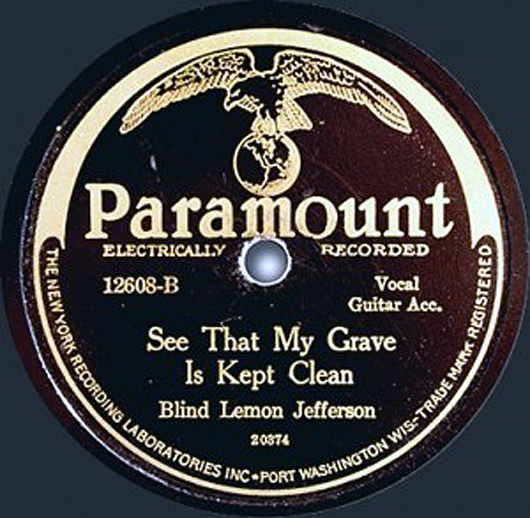
916
Adapted from a folk standard called “Two White Horses in a Line,” “See That My Grave Is Kept Clean” is arguably the best-known track by Blind Lemon Jefferson. Blind from birth, the Texas-born Jefferson was one of the earliest blues singers to enter a recording studio, and he would become one of the most successful “songsters” of his generation.
Like many blues recordings from the 1920s, there is a haunting quality to “See That My Grave Is Kept Clean,” even before considering its subject matter. Jefferson’s voice effectively conveys the ominous tone of his lyrics, and a sense of dread and resignation hangs over his performance. It’s a powerful track that has become a staple of subsequent blues and folk artists.
Accounts vary as to the circumstances of Blind Lemon Jefferson’s death, but within two years of this recording, Jefferson would be dead – buried in an unmarked grave that, for nearly seventy years, was left rather unkempt. In 1997, his solemn request would finally be granted, as a new headstone was erected with an inscription bearing the refrain of his signature song.
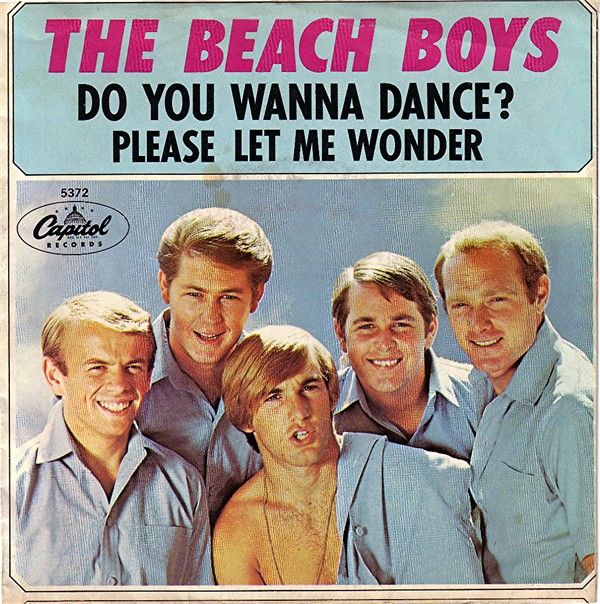
915
While 1966’s Pet Sounds is rightfully regarded as Brian Wilson’s masterpiece, it’s the second side of the previous year’s Today! that Wilson began to walk the path toward that monumental album. During the lengthy recording sessions for Today!, Wilson would retire from touring – partially as the result of a nervous breakdown, and partially to focus on expanding the ambition of his studio productions.
The second side of Today! features five ballads – each of which Wilson used to experiment with lush instrumental arrangements. One of the best of these, “Please Let Me Wonder” is a favorite of Beach Boys fans – celebrated for Wilson’s delicate lead vocal, stellar group harmonies, and instrumentation courtesy of the Wilson brothers and members of the famous Wrecking Crew. Wilson had written great ballads before, but “Please Let Me Wonder” pointed toward the sophistication of his even better work to come.
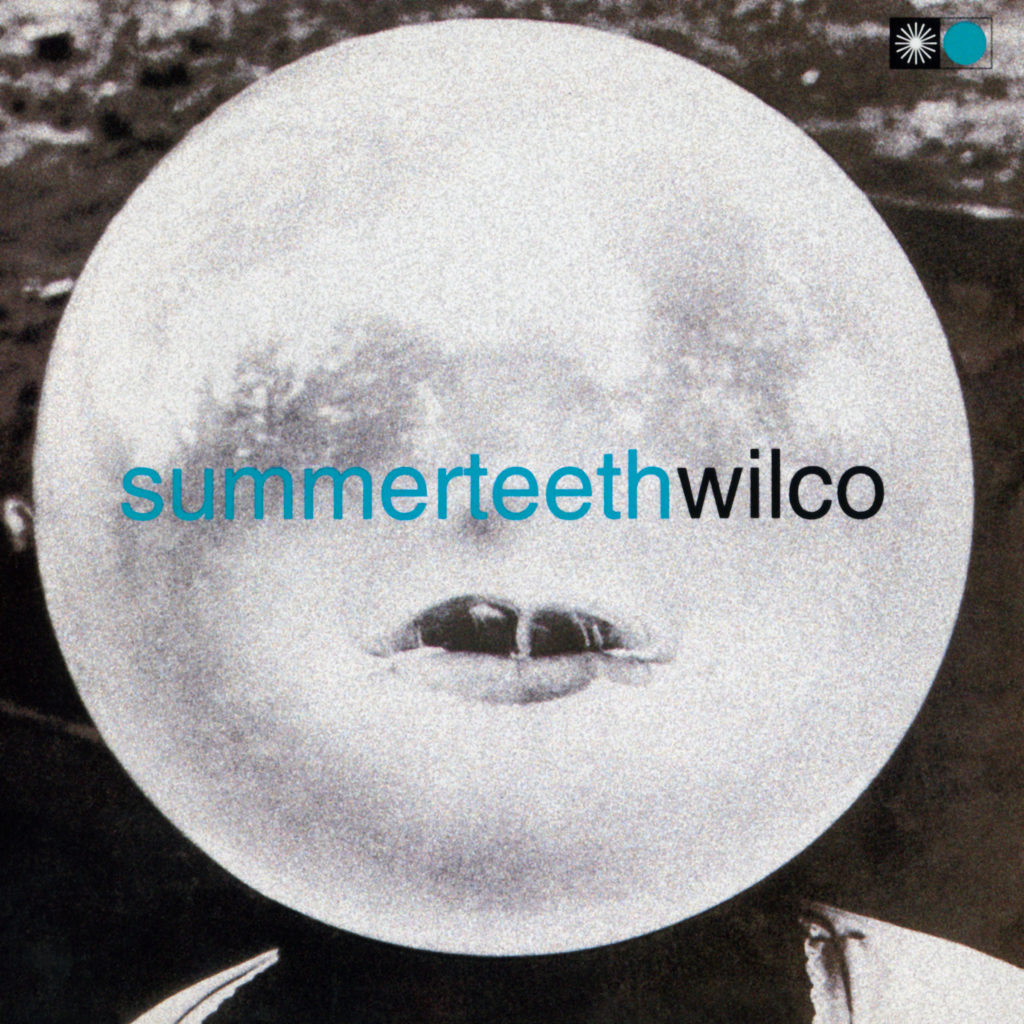
914
For their third album, Wilco continued to move even further away from the “alt country” stylings of their earlier work than they had on 1996’s expansive double album, Being There. Summerteeth was a long-gestating album that ultimately found singer/songwriter/guitarist Jeff Tweedy working in close collaboration with multi-instrumentalist Jay Bennett. Though their relationship would become irreparably shattered during the sessions that yielded Yankee Hotel Foxtrot – as documented in the film I Am Trying to Break Your Heart – Summerteeth found the pair working in perfect harmony.
One of the most arresting tracks on Summerteeth, “She’s a Jar” is an impressionistic song that saw Tweedy engaging in a more abstract form of writing than ever before (despite its possible references to drug abuse and domestic violence). Musically, the song is a marvel, taking full advantage of Bennett’s multi-faceted talents. His judicious use of keyboards – particularly the Mellotron and Chamberlin – creates a symphonic atmosphere to the track, making for Wilco’s lushest production to date.

913
Sparse, minimalistic, and beautifully performed, the recordings of Japanese folk singer/guitarist Ichiko Aoba stand among the most enigmatic and enveloping music released in recent memory. While she has released several excellent records, Ichiko’s fourth album, 0, arguably stands as her strongest studio effort yet.
Though the suite-like nature of 0 makes it somewhat difficult to justify breaking the album into its component parts, “i am POD (0%)” is perhaps its most impressive composition and performance. Featuring only Ichiko’s voice and classical guitar, the track is a mesmerizing centerpiece of a fantastic album, as the delicate nature of its arrangement is matched by the inventive beauty of its chord structure.
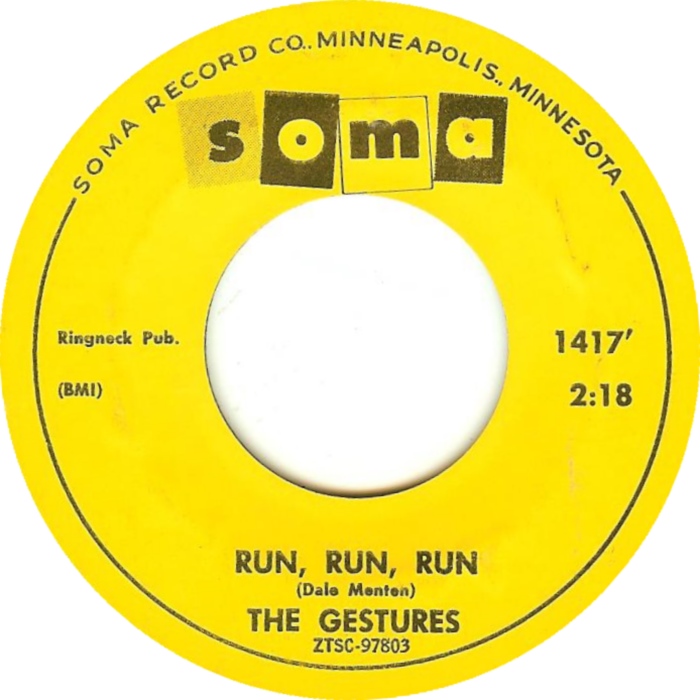
912
Formed in Mankato, Minnesota in the early-1960s, The Gestures were one of countless American garage bands to find newfound inspiration in the British Invasion. However, unlike most of their short-lived garage band contemporaries, The Gestures actually managed to score a modest-sized hit with their first single.
“Run Run Run” became a regional hit in the Midwest, and charted nationally after radio stations across the country put it into rotation. Built around a surfy backing, “Run Run Run” is a high tempo track that featured surprisingly sharp musicianship and strong harmony vocals from a band of small town teenagers. Its brisk pace and high energy gave the song a danceable feel that was often lacking among garage groups.
The Gestures’ tiny record label, Soma, would struggle to meet the demand of the surprise hit on their hands. Ultimately, after just one more single, the group would go their separate ways.
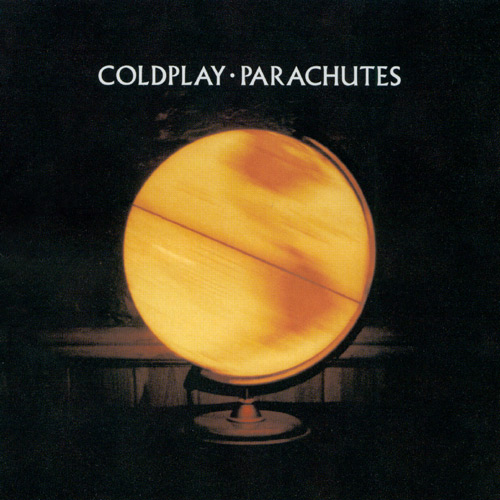
911
Though they have become something of a critical punching bag, I admittedly have a bit of a soft spot for the first two Coldplay records – particularly their 2000 debut, Parachutes. While certainly benefitting from time and place associations, there is a shaggy underdog quality to Parachutes that remains endearing, despite the anthemic overreach of the group’s later work.
As the lead track to Parachutes, “Don’t Panic” looms large in my “time and place” associations with the album. My wife and I got married in August 2001. One of the wedding gifts that we received at her bridal shower in June was a CD-player alarm clock. For the first month or so that we lived together, we woke up to “Good Day Sunshine,” and – after several hits of the “snooze” button – the rest of Revolver. Even a contender for the best album ever gets a bit old – especially when used as a cue to get out of bed – so some time in late-August or early-September, we changed the wake-up disc to Parachutes.
For the next month or two, every day began with “Don’t Panic,” and its repeated refrain of “we live in a beautiful world, yeah we do, yeah we do”; perhaps in some circumstances, this is a far more insipid wake-up call than even the most trite McCartney-ism. However, one morning, that refrain took on a bit of a different tenor – one that would continue to resonate with each successive day that it remained in the CD player. If you’re not sure why, check the ranking again.
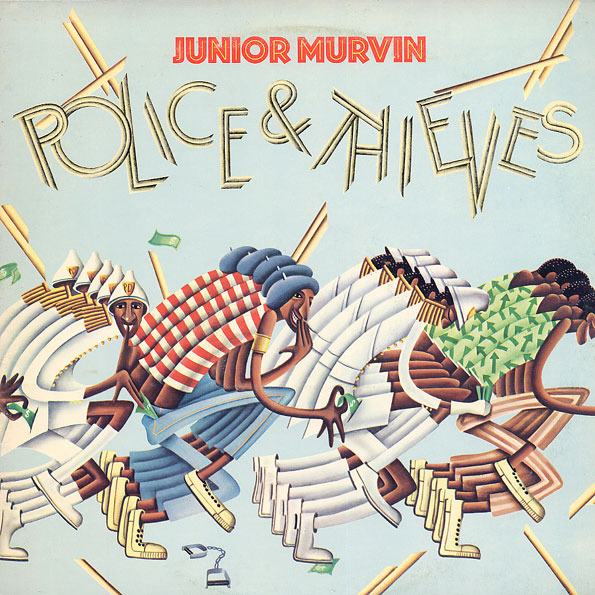
910
Junior Murvin’s lone hit single is one of the most enduring reggae tracks of all-time. Recorded in Lee Perry’s Black Ark studio in 1976, “Police and Thieves” was a biting commentary on police brutality in Jamaica, but it would also become an anthem in Britain in the wake of rioting at the annual Notting Hill Carnival in 1976.
Among the London youth caught up in those riots were Joe Strummer and Paul Simonon, whose band, The Clash, would cover “Police and Thieves” on their 1977 debut album. The Clash would add a punk edge to the song, but Murvin’s original recording – in all of its ethereal lo-fi glory – remains the superior version.
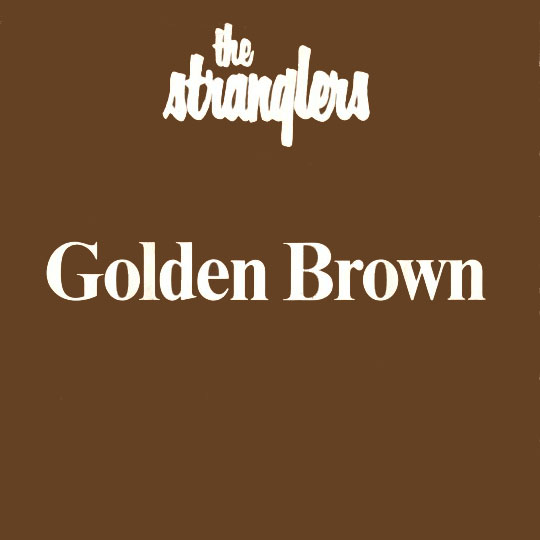
909
Few songs on this list are less representative of their creators’ overall sound than this one. Typically known for their scuzzy punk tracks, “Golden Brown” found The Stranglers creating a surprisingly convincing facsimile of sixties-era baroque pop, and – against all odds – scoring the biggest hit of their career in the process.
Defined by its harpsichord-dominated arrangement, “Golden Brown” features an alternating time signature that gives the song a waltz-like feel. Hugh Cornwell’s lyrics are intentionally oblique, but the song was widely speculated to be about heroin. Despite this, “Golden Brown” earned the group considerable airplay on the BBC, and remains The Stanglers’ most recognizable recording.

908
During their initial run, James Murphy’s LCD Soundsytem project grew to become one of the most successful indie bands of their time. Arguably their high point, 2007’s Sound of Silver was greeted with near-universal critical acclaim for its strong songwriting and inventive marriage of electronic music with rock instrumentation and energy.
“Someone Great” stands as the emotional centerpiece of Sound of Silver. The track has a melancholic resonance that stands in contrast to the mix of sarcasm and anxious energy that dot the rest of the album. Its sense of resignation is driven home by a combination of glitchy electronics, booming bass, and Murphy’s voice – which is matched by a glockenspiel accompaniment that gives his mournful lyrics a piercing counterpoint.
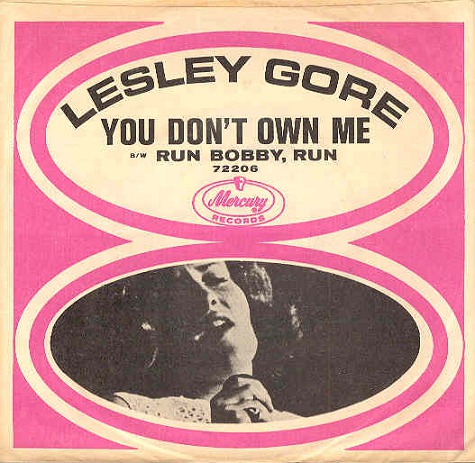
907
There must have been more than a few eyebrows raised by the A-side to Lesley Gore’s fourth single when it arrived in late 1963. Released in the same year as Betty Friedan’s iconoclastic book The Feminine Mystique, “You Don’t Own Me” found the teenage pop star of “It’s My Party” fame issuing a thinly-veiled swipe at the patriarchy with a forceful message of defiant independence.
“You Don’t Own Me” was penned by a pair of male songwriters, but despite its rather singular message of female empowerment, the track was a massive hit for Gore – reaching number two on the charts in early 1964. It would only be kept from the #1 spot by the breakthrough single from a certain Liverpool band.
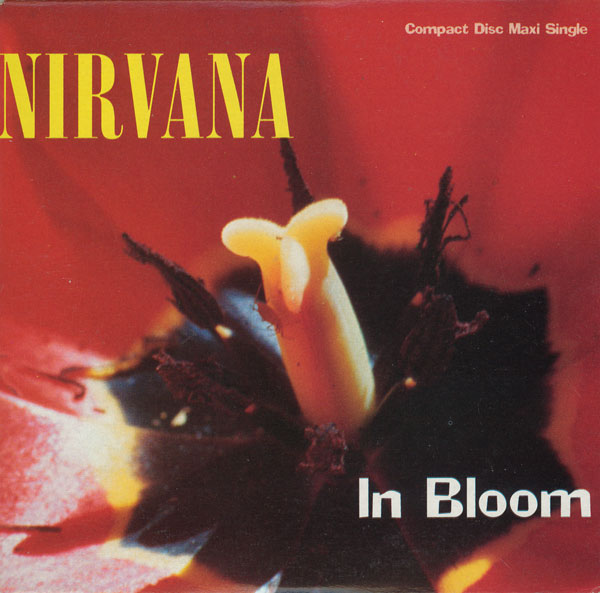
906
One of the most overtly pop moments on Nirvana’s epochal Nevermind, “In Bloom” found Kurt Cobain striking a perfect balance between his widely-professed love of The Beatles and Black Sabbath. Hooky, biting, and twisted, it’s an easy highlight from one of the most important rock albums of the nineties.
Utilizing the loud/quiet/loud dynamic that they had borrowed from another one of Cobain’s favorite bands, Pixies, “In Bloom” alternates between the menacing bass line of its verses and an explosive chorus. It’s the same trick that had been used on each of Nevermind‘s three preceding singles, but that neither diminishes the song’s effectiveness, nor compromised its success on the charts.
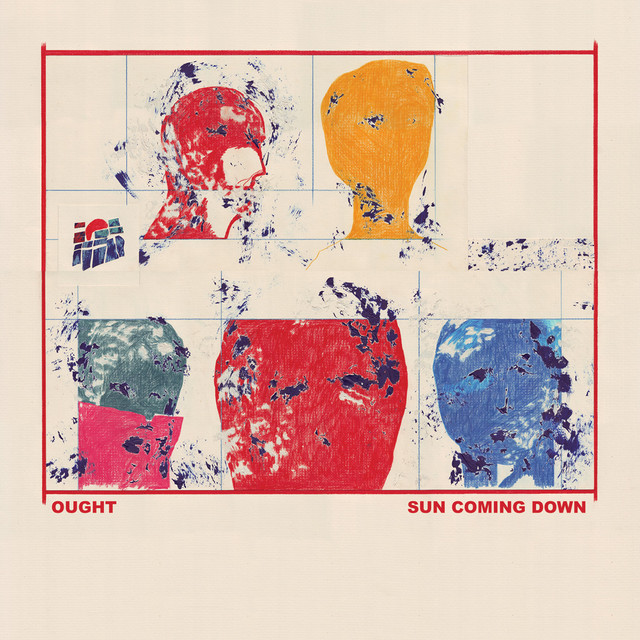
905
Something of a “Once in a Lifetime” recast for the millennial generation, the highlight of Ought’s 2015 record, Sun Coming Down, is the Montréal group’s best track to date. “Beautiful Blue Sky” manages to evoke Talking Heads’ classic 1980 single through its combination of nervous energy, angst, and ennui, but does so in a hypnotically repetitive and atmospheric slice of modern post-punk.
Driven by the song’s descending bass line and propulsive beat, singer/guitarist Tim Darcy’s vocals build in intensity throughout each verse. His recitation of innocuous greetings and exchanges of pleasantries take on a surprising urgency with each repetition, adding to the song’s palpable sense of foreboding.
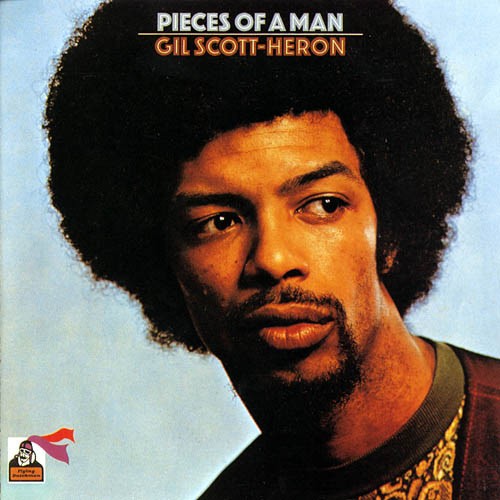
904
Though he’s most-frequently remembered as a master of spoken word poetry, Gil Scott-Heron delivers a fine vocal performance on this A-side to his first single, and highlight from his 1971 debut, Pieces of a Man. “Home is Where the Hatred Is” is a stirring account of drug abuse, and the broken homes that are so often its byproduct.
While Scott-Heron’s captivating performance remains the focal point of the song, “Home Is Where the Hatred Is” gains additional poignance and urgency from the masterful rhythm work of jazz/funk legends Ron Carter (bass) and Bernard Purdie (drums). Their contributions help to establish the track as one of the great soul recordings of the early seventies – an era in which there was no shortage of formidable competition.
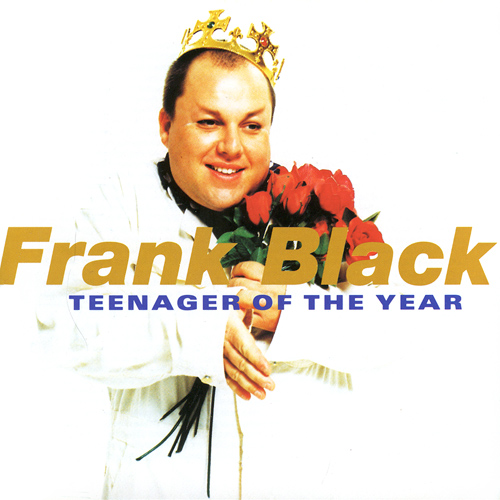
903
One day – perhaps when I have stronger readership – I’ll unleash a lengthy diatribe as to why Frank Black’s glorious second album, 1994’s Teenager of the Year, is the most underrated record in the history of rock music. For now, I’ll settle for singing the virtues of its first single, and most immediately appealing track.
“Headache” is all hook. From its rolling and tumbling drums, inescapable melody, and call-and-response harmonies, the song fully exposes the sixties-pop influences that always lurked just below the surface of Black’s work with the Pixies. Like the twenty-one other tracks that join it on Teenager of the Year, “Headache” is compact, effusive, and clever. It’s the logical point of entry to a deeply rewarding album – one well overdue for a thorough critical reevaluation.
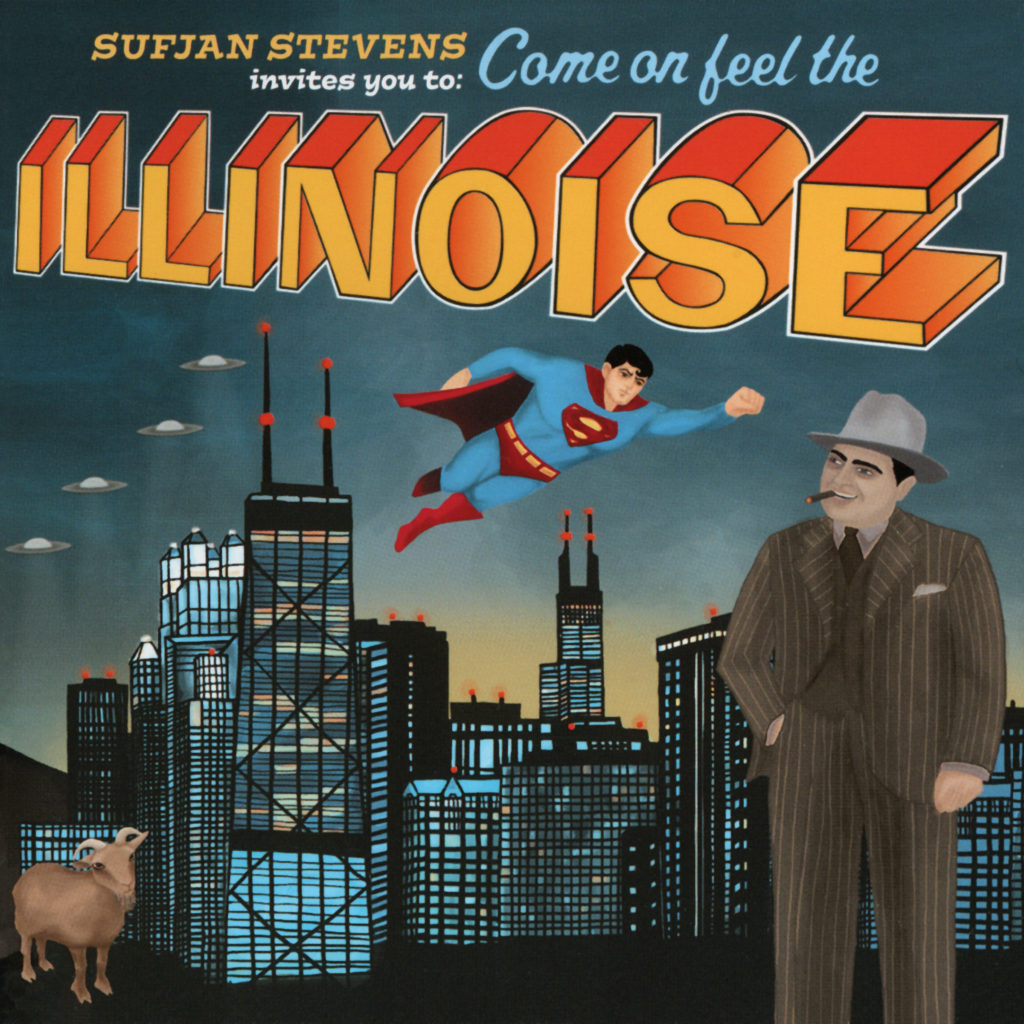
902
Sufjan Stevens’ 2005 album, Illinois, is a master class in songwriting. While filled with affecting character sketches, the album’s most haunting track, “John Wayne Gacy, Jr.,” is a stirring musical examination of Illinois’ infamous “Killer Clown” – convicted of thirty-three brutally shocking counts of murder in 1980.
Stevens is selective in the details that he shares in the track – outlining snapshots of Gacy’s childhood, and the human toll of his unimaginably monstrous acts – but he allows the song’s sparse arrangement and his quivering voice to fill in the gaps. While there’s little sympathy for its subject (nor should there be), it’s Stevens’ closing statement that makes the song’s most powerful impact:
And in my best behavior
I am really just like him
Look beneath the floor boards
For the secrets I have hid
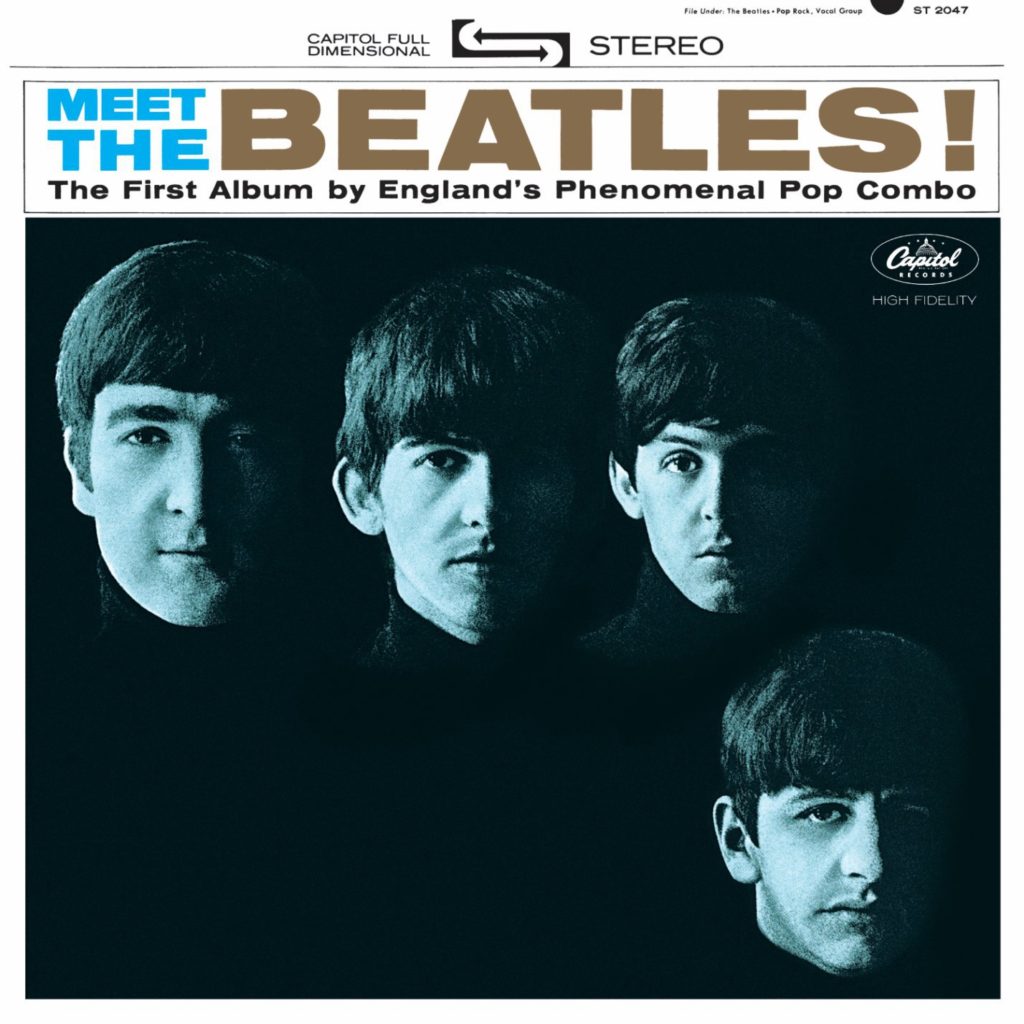
901
On February 7, 1964, The Beatles arrived in America. Two days later, the Liverpool rock group performed on the Ed Sullivan Show to an estimated television audience of 73 million viewers – over one-third of a nation that was still reeling from the assassination of its young president just six weeks prior. The Beatles played five songs that evening (the entire performance is in the video below), of which this track from their recently-released LP, Meet The Beatles!, was the first.
“All My Loving” is a quintessential early Beatles track. Paul McCartney’s soaring melody is strong on its own, but becomes irresistible when joined by the harmonies of John Lennon and George Harrison; their sharing of John’s vocal mic is now an indelible image of the moment “Beatlemania” reached the Western Hemisphere. Ringo Starr is affable as ever in the footage, and his steady backbeat remained the glue that bound the group together, as they pushed to out-volume a studio audience that was practically in hysterics. Old Ed seems dumbfounded during the break, reminding his young audience that they had promised to quiet down as he spoke. Few kept that promise.
The Beatles didn’t conquer all of America – at least not immediately. There were more than a few dissenters, but I’m not sure how even the most cynical skeptic could have watched this in 1964, and not have realized that this group had something special. However, even the most dewy-eyed teen in Sullivan’s audience couldn’t have predicted just how special this group was.


